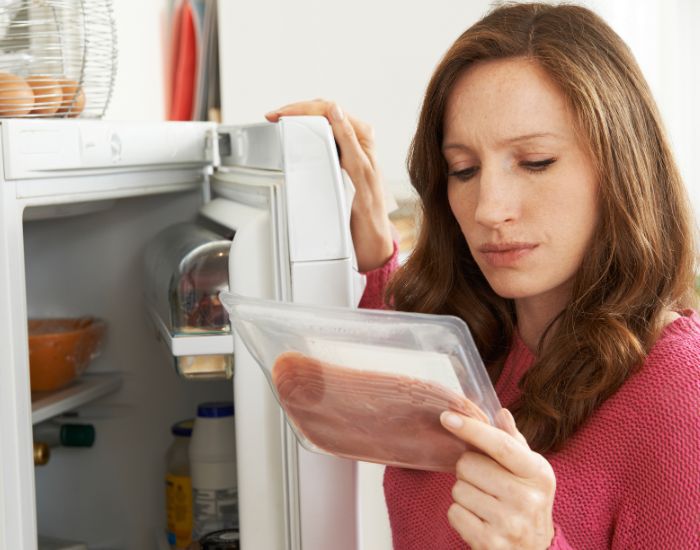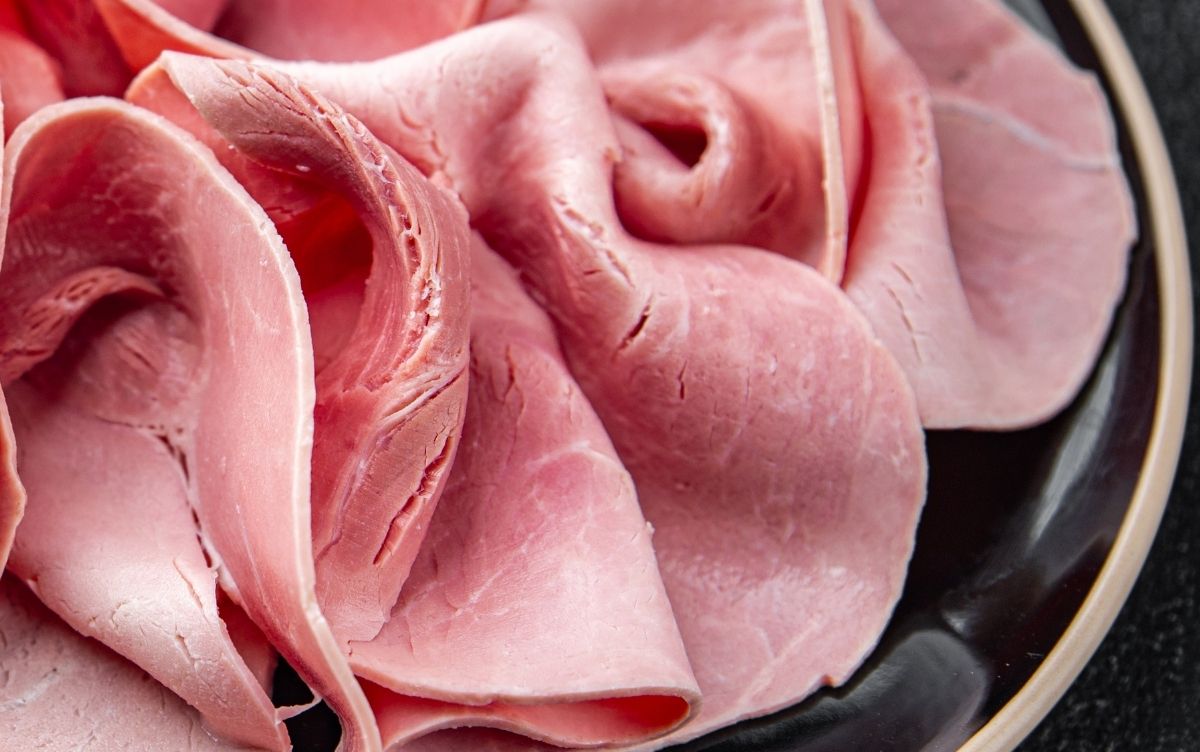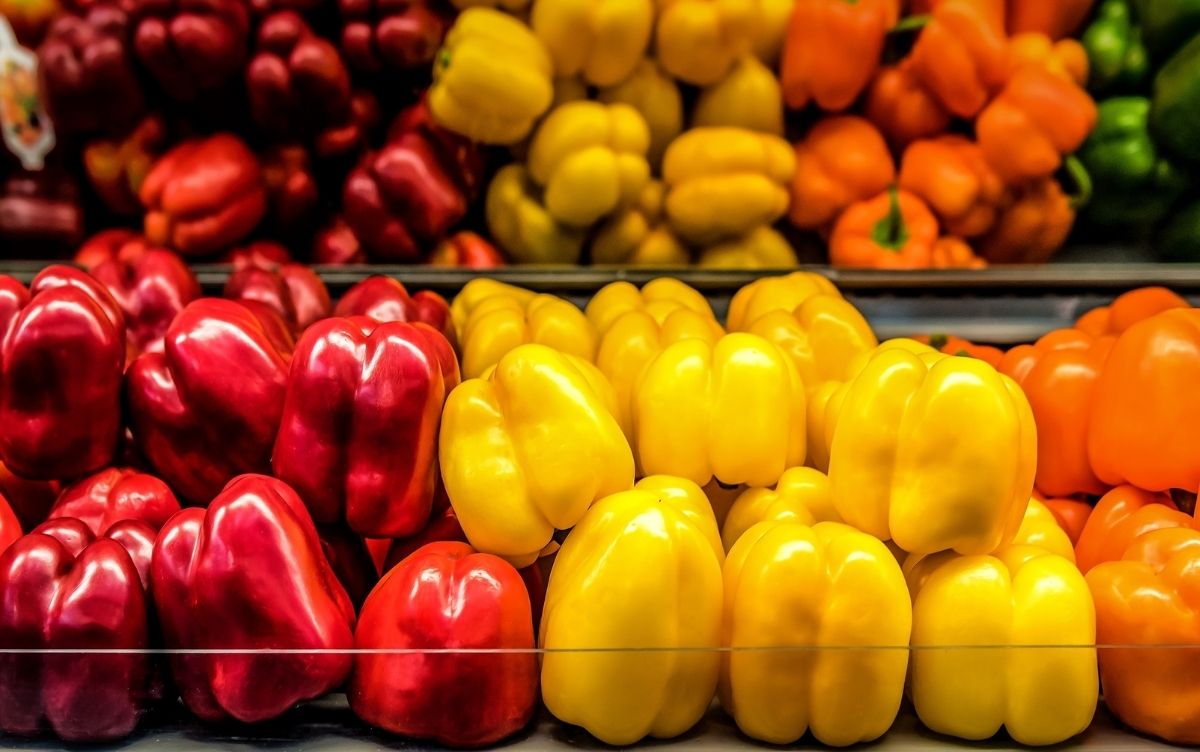- a use-by date is about food safety
- after this date the food is not safe to eat and is used on foods that go off quickly
- a best-before date is about food quality
- after this date the food will be safe to eat but its flavour, colour or texture might not be as good
Use-by and best-before dates
Understand the difference between best-before and use-by dates on food labels to keep food safe and to help reduce food waste

What's the difference between 'use-by' and ‘best-before’?
Key points about use-by dates

- usually found on foods like raw meat or fish, cooked sliced meats, and some dairy products
- even if food looks and smells fine, it should not be eaten past its use-by date as it might contain harmful bugs that could make you sick
- foods can be eaten on the use-by date, but not after as they may no longer be safe to eat
- some foods can also be frozen (see our page about Chilling)
- storage instructions provided on the label should be followed to keep the food safe, for example ‘store in a refrigerator’
- it is not suitable to use the ‘sniff test’ to determine if food is safe to eat, even though food can look and smell normal past the use-by date, it could still contain harmful bugs
- milk and dairy products with a use-by date should never be sniffed or used past the use-by date
Best-before dates
- appear on a wide range of foods, which can include frozen, dried and tinned foods, such as canned tomatoes, bread and cereal
- the best-before date will only be valid if the food is stored according to the instructions on the label
- it is safe to use smell or how it looks to decide if food can be eaten, if they have a 'best-before' date
- For example, look for mould on bread or check whether biscuits have gone stale
- Some milk and dairy products may have a best-before date, rather than a use-by date
- This is because food businesses use certain technologies during production, and the products are tested to make sure they are safe
- food businesses must ensure they use the correct label on all food products
An exception to this is eggs, which have a best before date of no more than 28 days after they are laid. After this date the quality of the egg will decline and if any salmonella bacteria are present, they could multiply to high levels and could make you ill.
Eggs can be eaten a day or two after their ‘best-before’ date, as long as they are cooked thoroughly (such as a hard-boiled egg or used in a cake) as this will kill any bacteria.
Which foods don’t have date labelling?
Most prepacked foods require either a use-by or a best-before date, but there are some foods that do not.
- fresh fruit and vegetables (including potatoes, which have not been peeled or cut)
- this does not apply to sprouting seeds and similar products such as bean sprouts
- wines, liqueur wines, sparkling wines, aromatised wines and similar products obtained from fruit other than grapes, and some other drinks from grapes or grape musts
- drinks containing 10% or more by volume of alcohol
- Baked foods which are normally eaten within 24 hours of being made
- vinegar
- cooking salt
- solid sugar
- sweets (confectionery) consisting almost solely of flavoured and/or coloured sugars
- chewing gums and similar products

Latest news and alerts
Get all the latest news and alerts from Food Standards Scotland | Subscribe
Calbee Group UK Ltd recalls Calbee Hot & Spicy Chips and Calbee Pizza Chips because of undeclared mustard and celery
Aldi recalls Dairyfine Salted Caramel Filled Gonks because it may contain undeclared peanuts
Asda recalls Asda 10 Mini Duck Spring Rolls with Hoisin Dip because of incorrect use by date
Dimark Limited recalls Veira Dream of Angel Hair Pistachio Chocolate because of undeclared peanut and sesame
Stay up to date with the latest alerts
Get served all the latest news from Food Safety Scotland. Sign up to receive updates straight to your inbox or food and allergen text alerts.
